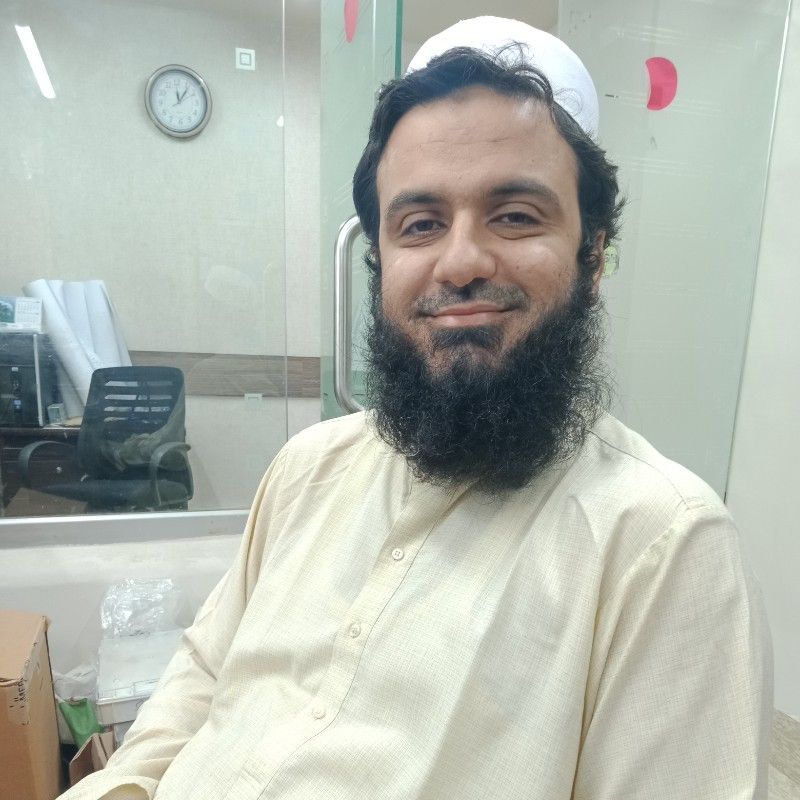QA: Gas Turbine Modeling
Gas turbine operators need to follow best practices when modeling system performance
Muhammad Asim Niazi, PE, specializes in control and instrumentation calibration.

Understanding best practices for gas turbine modeling can be tricky. To help unravel the subject, we went to Muhammad Asim Niazi. He is a professional engineer with a Bachelor of Science in Electronic Engineering from Sir Syed University of Engineering and Technology in Pakistan. He has worked in the pharmaceutical industry as a project and assistant manager for SAMI Pharmaceuticals for over 10 years, working on the calibration of control systems and instruments.
Industries worldwide use techniques to efficiently utilize their resources and streamline operations. Gas turbine modeling can help plant owners and supervisors manage day-to-day operations. Given modern-day challenges such as increasing fuel costs, supply shortages, and the challenge of meeting market and customer requirements, retaining a sound knowledge base can be an important tool.
What is gas turbine modeling?
Gas turbine modeling is a technique for simulating different operating scenarios before they are applied in manufacturing. It allows observation of gas turbine system potential performance, and the implementation of necessary changes. Additionally, it allows the study of the system behavior during the design phase to meet client requirements and address recurring issues. Inputted operational parameters represent real-world conditions and are applied at various simulation stages. The simulation result is mathematical and represents the output of different gas turbine variables. Results can be affected through adjusting input variables. Optimum performance input values for the gas turbine are recorded and used later during manufacturing. If a designer is experienced and skillful in gas turbine system and operation, they are better suited to optimize the performance.
Today’s gas turbine modeling techniques are user-friendly and require less effort compared to previous iterations. They also help the user predict models and suggest design values that significantly increase the efficiency of a modeling process. However, the user must understand the gas turbine requirements and working conditions. In addition, they must differentiate parameters to avoid analyzing ones which can drift the modeling process away from its objectives. They must efficiently translate working conditions and requirements into an accurate model.
What are some preliminary steps in the process?
Defining clear objectives before the modeling process helps to narrow down the parameters and, at the same time, eliminate those that are not required. Gas turbine modeling applications include design optimization, condition monitoring, fault diagnosis, and troubleshooting. Each function or application requires a separate set of parameters, visualization, and analysis. Therefore, analysis for one application type will not necessarily generate similar results for other applications. Modeling becomes effective when personnel know what type of gas turbine is being used. Specifying a particular industry is necessary to narrow down simulation parameters.
How are control systems considered in modeling?
The brain of a gas turbine is its control system. It’s what keeps the overall system functioning and working correctly. Some common control system components include the Main Controller, Networking module, and Safety module. During modeling, it is necessary to know about the control system that a particular gas turbine uses. The control system must be related to a gas turbine's process parameters, physical structure, and working mechanism.
Each subsystem process must be analyzed as a whole rather than on an individual sub-component level. Otherwise, it will require manual data transfer during simulation, resulting in less optimization, errors, and delay in the final assessment. Unified and interconnected tools facilitate applying the same methodology throughout the modeling process. If components of the gas turbine are modeled in isolation from each other, the results will be highly unpredictable and take longer to integrate with practical scenarios.